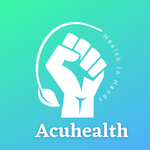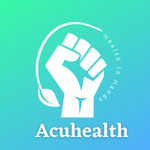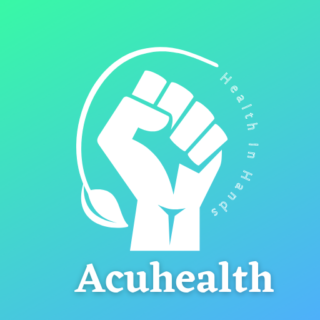TENS units can be adjusted very easily in terms of intensity, frequency and duration of electrical stimulation. The therapy can be treated depending on the individual’s specific conditions and pain responses.
What Is Tens therapy ?
Transcutaneous Electrical Nerve Stimulation, also known as TENS therapy, is widely used as a non-invasive method for pain relief for many medical conditions. This approach uses low-voltage electrical currents which stimulates nerves through electrodes which are placed on the skin. For managing both acute and chronic pain TENS therapy is considered an amazing alternative. It is also recommended by physical therapists, pain management specialists, and other doctos as an alternative to medication.
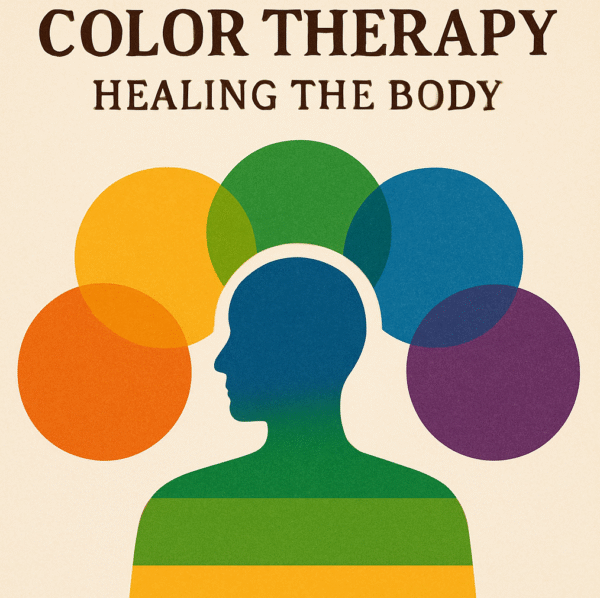
Applications of TENS Therapy
TENS therapy is a versatile treatment and is used to treat a wide array of medical conditions. Let’s see the applications of TENS therapy categorized based on the nature of the pain:

1. Chronic Pain Conditions:
- Arthritis: Especially in osteoarthritis, TENS has been proven to reduce the stiffness and also joint pain.
- Back and Neck Pain: One of the most common uses of TENS is that it helps relieve spasm and musculoskeletal tension.
- Fibromyalgia: TENS may be helpful in managing widespread fatigue and pain.
- Sciatica: It may be beneficial in reducinv the nerve pain radiating down the leg.
- Acute Pain:
- Post-surgical pain: TENS is often commonly used as part of post- surgery recovery to reduce the need for taking pain killers.
- Injury-related pain: Strains, sprains, and soft tissue injuries are also benefited from reduced inflammation.
3.Neuropathic Pain:
Diabetic conditions such as diabetic neuropathy, post-herpetic neuralgia (shingles), and phantom limb pain have shown positive responses to TENS therapy.
- Obstetric and Gynecological Use:
TENS therapy is also very helpful during labor for women to help manage pain caused in contractions. It also benefits in managing menstrual ceamps (dysmenorrhea) pelvic pain.
How TENS Therapy Works?
TENS therapy works on small, battery-operated device that are connected to electrodes adhered to the patient’s skin near the area of pain. After getting activated, the device sends mild electrical impulses through the help of electrodes to the underlying nerve fibers of the body. These impulses then are supposed to interrupt the transmission of pain signals that reach to the brain and are also helpful in stimulating the production of endorphins which are the natural painkiller chemicals in the body.
There are two primary theories explaining the effectiveness of TENS:
1. The Gate Control Theory of Pain-
The theory states, the electrical stimulation coming from a TENS unit “closes the gate” in the spinal cord to the transmission of pain signals, which results in preventing them from reaching the brain. This mechanism is believed to be influenced by non-painful input such as electrical stimulation or vibration, which is useful in reducing the perception of pain.
2. Endorphin Release Theory:-
TENS therapy may also be helpful in stimulating the brain to produce endorphins- body’s natural painkiller. So that these natural opioids inhibit the perception of pain and promote a sense of healing. By stimulating certain nerve fibers it can enhance the secretion of endorphins thus offering relief.
Types of TENS Therapy

Conventional TENS (High Frequency):
In this the frequency used is usually high (50–150 Hz) and low-intensity stimulation. It is often useful for short-term pain relief.
Acupuncture-like TENS (Low Frequency):
It Utilizes frequency between (1–10 Hz) which comparatively lower and higher intensity. This setting usually promotes endorphin release.
Burst Mode TENS:
This mode is a combination of high and low frequencies in bursts, providing the benefits of both conventional and acupuncture-like TENS.
Boosts energy: Colours such as red, orange, and yellow boost your energy and make you more enthusiastic.
TENS therapy benefits
- Non-invasive and Drug-Free:
As a non invasive treatment TENS stands out as one of the most used treatments, it doesn't involve any surgical procedures, thus making it suitable for people who usually avoid surgeries because of pain and the side effects of painkillers.
- Portable and Convenient:
If we talk about their mobility TENS units are compact in size and lightweight, allows patients to use them at home or even on their way.
- Immediate Relief:
Many patients have reported instant and quick relief, which can be especially beneficial for acute pain or symptoms of chronic conditions.
- Minimal Side Effects:
If used properly, TENS therapy has minimal few side effects in comparision to other pain management treatments.
- Cost-effective:
Its cost effective, once purchased it can be reused indefinitely with minor consumables like electrode pads.
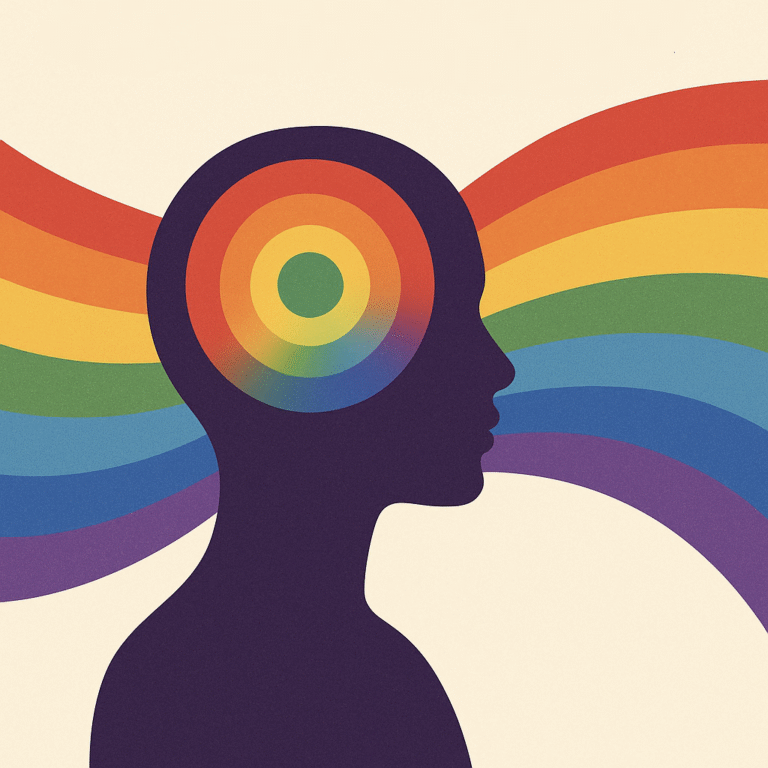
Risks and Limitations of TENS therapy

1. Skin Irritation:
If used for long duration or improper placement of electrodes may result in causing redness or irritation on the skin.
2. Contraindicated for Certain Patients:
Patients with implanted devices such as pacemakers, defibrillators, or other electronic devices must avoid TENS or are advised to perform under supervision of a healthcare provider.
3. Not a Cure:
It is important to consider that TENS is only a symptomatic treatment; it does not address the root cause of the specific pain or disease.
4. Variable Effectiveness:
It may vary from patients to patient according to their severity of the conditions or problems.
5. Pregnancy Caution:
Due to the lack of evidence on fetal safety, except during labor under supervision, TENS must be avoided in early pregnancy.
Conclusion
TENS therapy due to its several benefits and advance treatment has earned a valuable place in modern pain treatments by providing a safe, cost effective and non-invasive alternative for several patients. It is not a miracle cure so there is a possibility that it may not work equally well for all types of pain, for those who seek non invasive alternative of treatment, its wide applicability and minimal side effects make it a worthwhile tool. TENS therapy is very likely to play more significant role in the future of integrated and patient-centered healthcare.
